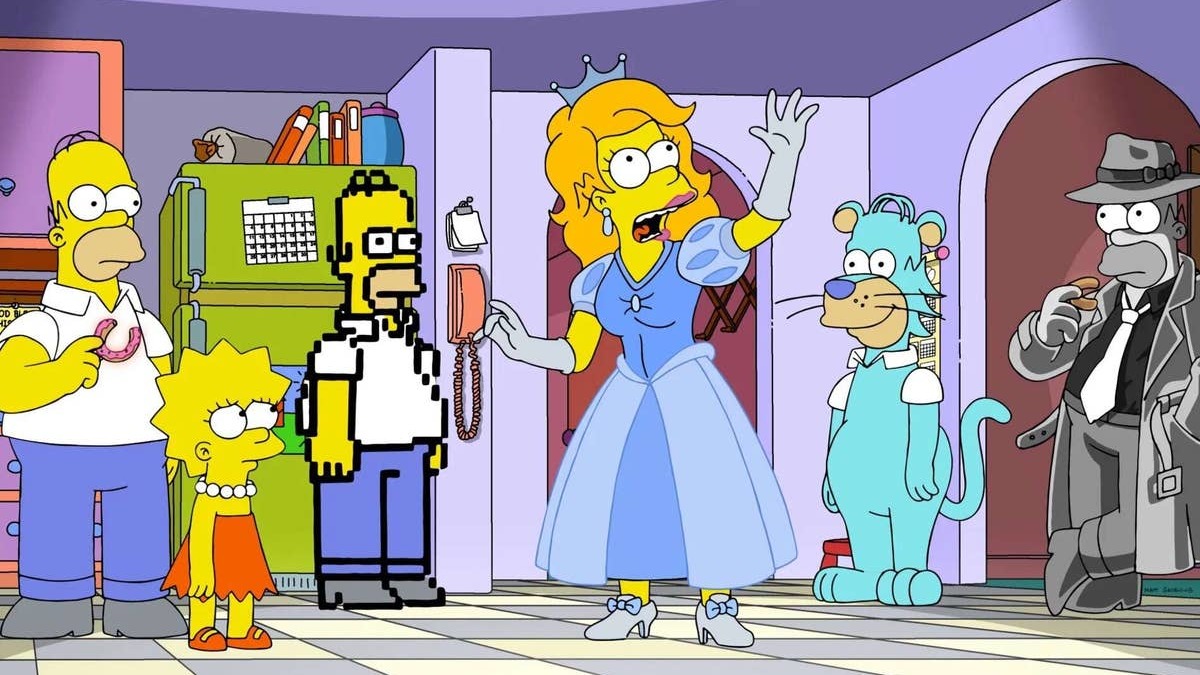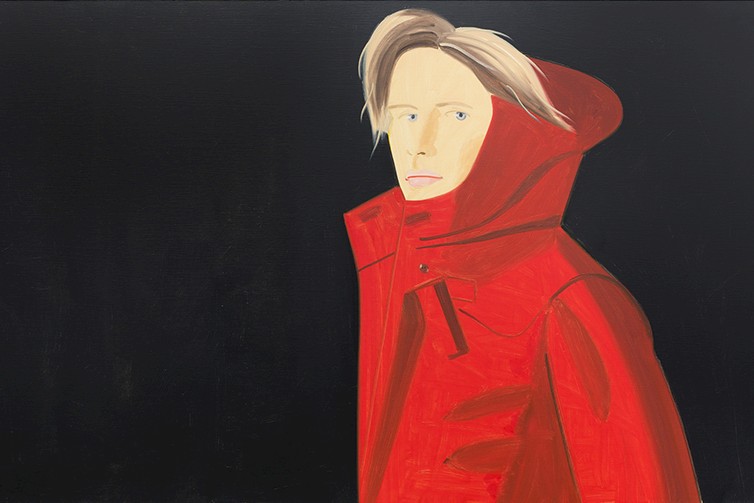
Critical theories attempt to analyse and challenge dominant systems and to normatively stimulate change. These theories generally reflect the needs, longings and moral demands of those who live under the critiqued system. Critical theories provide a framework for social change. But critical theories may not be universal. They need to be contextualized to make them relevant to current problems and can be applied to many social conditions.
Critique is the disruption to domination
Leftist social critique often employs the concept of domination. Malefactors that have an enormous, broad reach, or "rulers," Marxists call them, can be considered malefactors. Marxist jargon gives economic support to this idea. A ruling class is the one that takes surplus value and uses it. Critique can disrupt the dominant class's dominance by challenging its status quo.

It's a analysis of social structure
Critical Theory, a philosophy of society, seeks to understand social structures and the relationship they have to individuals and society. It emphasizes the need to reflect, critique, as well as the challenge of power structures. Its roots are in sociology, literary criticism, and literature. It contends that social problems are the result of social structures and that ideology is the main obstacle to human liberation. It has many applications, including in sociology and psychology.
It's a way of inciting social change
Horkheimer believes that critical theory must be normative. It should also be explanatory and practical. It must be able to identify and explain social problems and provide clear norms of criticism. The goal of critical theory is to promote a democratic, humane society. Also, it must encourage participation and democracy. Critical theory, in other words, is the result of human producers as well as consumers of life.
It is standard
Critics of modern political and other social movements argue that an integrated approach to the study of political or social issues requires both philosophy and social sciences. The goal of critical theories is to integrate structure and agency with normativity, regularity and regularity to achieve human emancipation. Critics are divided on the methods they use, which can be very different. Below are some differences between critical theories of social science.
It is easy to understand.
Critical theories are explanations of phenomena. They can distinguish between objective and subjective reality. Critical theorists hold that their own awareness of things is rationally grounded, which allows them to change the consciousness of others. But how do they do it? They show how people view the world through theories that explain social phenomena. They do this using observations and experiments. They adopt a critical and critical approach to culture and society.

It is practical
A critical theory is a social philosophy that focuses on a reflective assessment of society and culture and challenges power structures. It was developed from literary criticism and sociology. It asserts the existence of social structures and ideologies as the cause of social problems. It focuses on the relationship between individual liberation, social structures, and their interdependence. It has applications in sociology, psychology, and its roots are in Immanuel Kant's Critique of Pure Reason.
FAQ
How can we avoid falling prey to the temptations of pop culture?
First, we should recognize when pop culture is influencing us. It is important to recognize when pop culture influences us. Then, it is crucial that we do not allow ourselves to be influenced. Here are ways to help you stay away from bad influences:
-
Avoid violent shows such as Game of Thrones.
-
Don't spend time surfing the Internet. Instead, read books.
-
You should watch less TV. Spend your free time doing healthy activities.
-
Make sure you are careful what you post online. Remember that you can never delete comments once they've been posted.
-
Verify that the websites you visit contain security measures. Before entering personal information, ensure that they are checked.
-
Don't let anyone pressure you into doing dangerous things.
Talk to an adult about if you think you might be addicted to pop culture. You can reach out to your local library or National Center For Missing &exploited Children (1 800-THE LOST).
Who came up with the term Pop Music?
Frank Zappa invented the concept. Pop music was the name he used to describe his music.
He said that he wanted to write music that would appeal to everyone. His music is called pop music because of this.
Zappa also invented the phrase "You Know It's Pop when ..."", which signifies that something is popular if there are many people who enjoy it. Michael Jackson's Thriller album, for example, is one of his most popular albums.
Zappa's definition of pop music is different from how it is now. Pop music is today all music. Back then, pop music was limited to certain types of music.
Are Tik Toks pop culture?
The answer is yes It's not just for teenagers anymore. You can share these videos with your friends to express yourself, show off, or just for fun.
Over 200 million people are using the app daily around the world. And this number grows by millions each day.
TikTok is a great way for brands to connect and create meaningful relationships with consumers.
TikTok is also home for many influencers who have built huge followings. These creators create original content to engage audiences all over the globe.
What are you waiting to do? Here are four options to help you take advantage this trend.
-
You can create viral content
-
Engage Influencers
-
Use Visuals Effectively
-
Be creative with your audience
How did pop music come into being?
It was accidental. It was an accident. The first song was accidentally written when someone knocked over the piano while playing on New Year's Eve 1920.
The recording company loved the music and decided to make it a single.
This was the first hit single.
Pop music has become today's most popular form for musical entertainment.
What is pop media?
Pop culture is all around us. It is everywhere: TV, radios, films, music, magazines and newspapers, websites, social media, etc. It is all around us 24/7. Pop culture influences everything, from clothes to music and language to politics and religion. What then is pop culture? Wikipedia states, "Popular Culture (or Popular Culture) is the mass production of ideas and products for mass consumption." Many people think that this term applies to television shows, movies, music, fashion, and other forms of entertainment. Pop culture encompasses much more than entertainment. Pop culture refers to everything that's consumed by the masses. This includes fast food and video games as well as toys and clothing.
What can I do to use pop culture in my marketing strategy
You need to examine the trends in pop culture to learn how you can use it in your marketing strategy.
For example, let's say you wanted to promote a new movie. What kind of promotion could you run?
You could even create a trailer from clips taken from your film. You could even find a clip with one of your products or services that you can use in the video.
Perhaps you could make a parody of the trailer with other films.
If your product or service is closely related to the movie's themes, you can create a campaign that follows the film's storyline. One example: If you are promoting a product or service that helps astronauts keep healthy while they travel through space, it might make sense to promote the product.
You could do promotions based upon the plotline of a business related to the movie's subject. You could, for example, offer food samples to customers who purchase tickets to the movie.
What examples of pop culture are there in 2020?
The music industry is evolving rapidly. We saw artists like Travis Scott and Post Malone reach number 1 on Billboard’s Hot 100 chart. This was an unprecedented achievement for any artist.
The same is true for streaming platforms. Spotify reported that they streamed 10 billion hours of audio content in the last year. This is almost five times the amount of content that users were listening too just five years prior!
This has resulted a huge shift in the ways people consume media. People now spend most of their time-consuming content rather than creating it.
Everyone, from toddlers to seniors, has an access point to high-quality audio content. Anyone can now record, edit, remix, and publish their music.
To play your favorite song, it doesn't matter if you go to university to study classical instrumentsation. You can download an app, add voice and upload to YouTube.
And if you don't want to make music yourself, why not watch someone else doing it instead? There are many channels where you can watch videos of songs.
Statistics
- Latinos represent roughly 19% of the U.S. population. (npr.org)
- Yet a Nielsen study shows they account for 42% of the country's most-watched content on streaming services. courtesy Nielsen (npr.org)
- According to CNBC.com, “more than 70% of the film's revenue came from countries outside the US” (https://www.cnbc.com/2019/01/08/aqua...nal-sales.html, ret. 8/18/19). (socialsci.libretexts.org)
- For example, the term hater meaning someone who strongly undermines or criticizes others, often due to pathetic jealousy, likely emerged from hip hop culture, such as the term playa hateras, used by influential rapper Biggie Smalls as early as 1995. (simplicable.com)
- [17][18][19]Definition[edit]According to author John Storey, there are various definitions of popular culture. (en.wikipedia.org)
External Links
How To
What are some of the most famous pop culture references you can think of?
Americans were obsessed by space travel in 1960s. Star Trek was at the time the most watched TV show.
From 1966-1969, the original series aired exclusively on NBC. It featured William Shatner in Captain Kirk, Leonard Nimoy in Mr. Spock, DeForest Kelley playing Dr. McCoy and James Doohan playing Scotty. Majel Bart Roddenberry played Uhura. Nichelle Nichols played Lieutenant Nyota Uhura. Walter Koenig portrayed Pavel Chekov. Grace Lee Whitney acted as Yeoman Janice Rand. (Wikipedia)
In 1967, Paramount Pictures released the first feature movie based on the series. Paramount Pictures released the film, titled "Star Trek." The movie, directed by Robert Wise, featured an ensemble cast including William Shatner, Leonard Nimoy, DeForest Kelley, James Doohan, Walter Koenig, Majel Barrett, Roland Nichelle Nichols, George Takei, and Grace Lee Whitney. (Wikipedia)
In 1968, the second season started airing on television. This second season focused on the crew's journey back in 1969. (Wikipedia)
The television series' third season began airing in 1971. This season introduced a new character called Commander Richard A. Morn. He was a Starfleet starfleet officer, who was born on Earth in 2063. (Wikipedia)
During this period, there was also a live-action spinoff called "Star Trek: Planet of the Apes". It aired between 1972-74. (Wikipedia)
The fourth season debuted in 1973. Two new characters were introduced in this season's fourth season: Ensign Ro Laren and Lieutenant Ilia. Marina Sirtis played them both. (Wikipedia)
In 1975, the fifth series of the television series aired. It was the last season to air before the franchise went into hiatus. (Wikipedia)
After the television series was canceled, several attempts were made to revive it. One of these was a 1977 pilot episode titled "Where No Man Has Gone Before," but it failed to find a partner network or studio. (Wikipedia)
Star Trek: New Voyages is an animated series that aired in 1998. It lasted only 13 episodes. (Wikipedia).
After a seven years hiatus, the sixth episode of the television series was aired in 2009. It was titled "Enterprise". It ran for five seasons before it ended in 2013. (Wikipedia)
Also, there were three feature films made in this time period. The first movie was released on September 12, 1979. It was called Star Trek: The Motion Picture. Nicholas Meyer was the director. It featured William Shatner (starring James Doohan), Leonard Nimoy. Walter Koenig. Majel Bart Roddy and Ricardo Montalban. (Wikipedia)
The sequels were released in 1982 & 1987, respectively. They were "Star Trek II - The Wrath of Khan", and "Star Trek III - The Search For Spock". Both of these movies were directed by Nicholas Meyer. (Wikipedia)
2001 saw the premiere of the seventh season. It was titled "Encounter at Farpoint". This was the first episode without guest stars in the show’s history. (Wikipedia)
2005 saw the airing of the final episode. It was called "All Good Things ...".". It was written and directed by Ronald D. Moore. David Livingston directed this film. (Wikipedia.)
Star Trek TV's 2008 premiere saw the debut of a new show called "Trek Nation". It was called "Trek Nation". It is currently being aired on CBS. (Wikipedia). The story of "Trek Nation", a group of people coming from different walks of society, who form their own United Federation of Planets. Their goal? To help other planets find peace. (Wikipedia). "Trek Nation", a fascinating concept, shows how different people can come together and make something positive. (YouTube Video)
It is a good idea to read books about Star Trek's timeline. Gary Wolfe's Star Trek Chronology is a great place to start. There are many more books online.